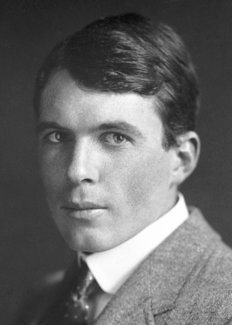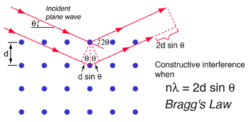News
Youngest-ever laureate, Lawrence Bragg (1890-1971)
11th Feb, 2021

Youngest-ever laureate, Lawrence Bragg (1890-1971), at 25 shared the Nobel Prize in Physics together with his father for findings that created the new science of X-ray crystallography, making it possible to determine molecular structures from the crystal form of a compound.
Bragg also had a lifelong interest in gardening, and when he moved to London, in 1954, he missed having a garden so he took a job as a part-time gardener in Chelsea. For several months all went well till one day when a visitor, glancing out of the window said to her hostess, “my dear, what is Sir Lawrence Bragg doing in your garden?”
In physics, Bragg’s law, or Wulff–Bragg’s condition, a special case of Laue diffraction, gives the angles for coherent and incoherent scattering from a crystal lattice. When X-rays are incident on an atom, they make the electronic cloud move, as does any electromagnetic wave. The movement of these charges re-radiates waves with the same frequency blurred slightly due to a variety of effects; this phenomenon is known as Rayleigh scattering (or elastic scattering)
(Braggs Law :When the incident angle of the X-ray beam is such that difference in X-ray path lengths between crystal planes is an integer number of wavelengths, constructive interference occurs, creating a diffracted beam).

Find out more about Laue Diffraction




